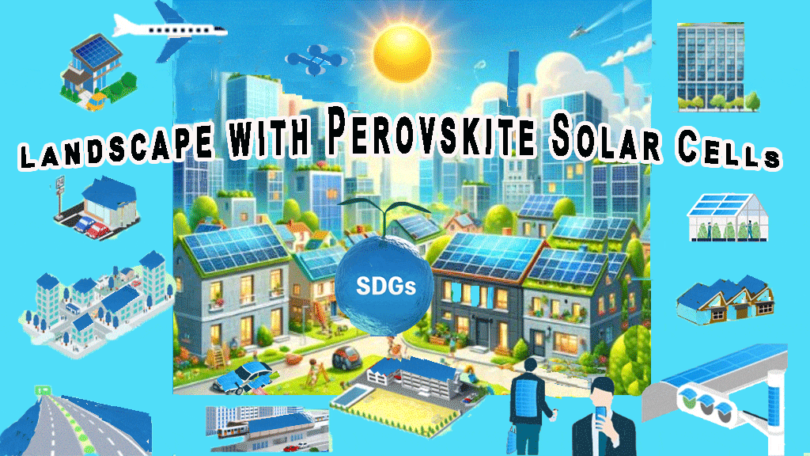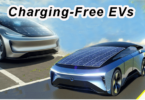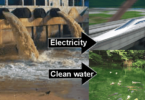Hi how are you?
These days, it is not uncommon to see solar panels for solar power generation on the roofs of houses, on the rooftops of buildings, and on spacious flat land.
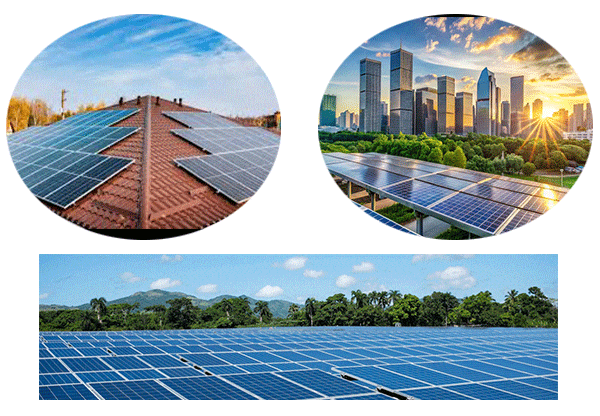
The SDGs, which aim for sustainable development of the entire planet, were adopted at the UN Summit in September 2015 and are international goals aimed at achieving a sustainable and better world by 2030.
These goals are important for the world to work together to solve the various challenges facing modern society and ensure a prosperous future for future generations. They take into account three aspects—economic, social, and environmental—in a balanced manner.
To help achieve these goals, silicon solar cells have played a significant role.
However, a new technology, perovskite solar cells, which surpass silicon solar cells, has emerged and will begin hitting the market from 2025.

The Agency for Natural Resources and Energy has issued preliminary figures for solar power generation in fiscal 2024 and outlook for 2040, and we hope that the proportion of solar power generation will continue to expand.
What is perovskite?
The government has already begun serious research into perovskite, allocating a significant budget for development.
Currently, various manufacturers are working to improve durability and conversion efficiency, and it is not unrealistic to expect that perovskite will be available to the general public in the near future.
For those who are wondering, “What exactly is perovskite?” ”Is perovskite a stone?” and so on.
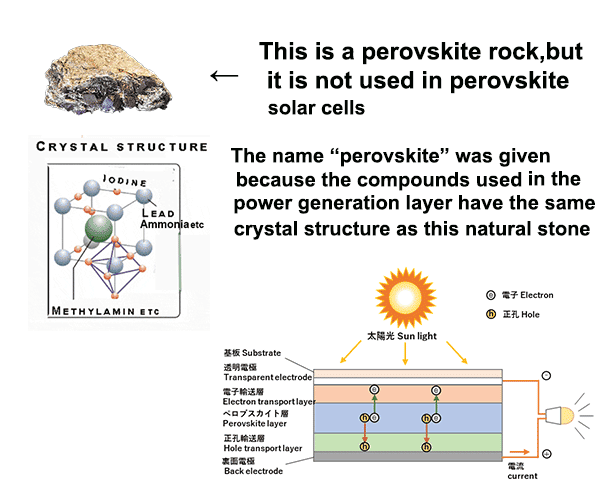
To help you better understand this, I created a blog titled “Innovative New Solar Cell, Perovskite” about two years ago. I hope you will take the time to review it.
The main differences and characteristics between silicon solar cells and perovskite solar cells are as follows.
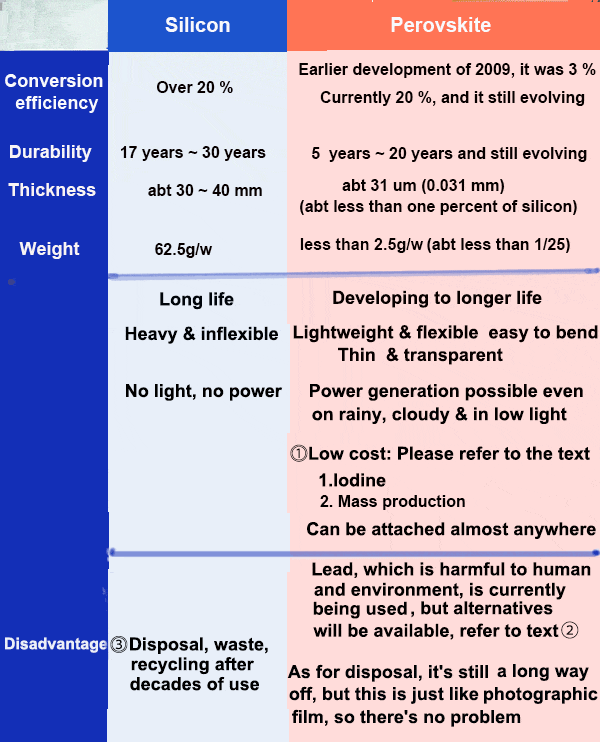
⓵ Low-cost
★ Primary raw material: Iodine 100% domestically produced because Japan is the world’s second largest producer. So
there is no need to import the main material from abroad.
★ Mass production system: Using a printing method similar to newspapers to make the perovskite sheet just like a film.
② Research and Development Status of Lead-Free Perovskite Solar Cells:
Research on Alternative Materials:
Research on perovskite solar cells using metal elements such as tin (Sn) and bismuth (Bi), as well as other compounds, is actively underway.
Improvement of Conversion Efficiency:
Lead-free perovskite solar cells still face challenges in terms of conversion efficiency compared to those using lead, but improvements are expected through further research and development.
Improvement of Stability:
The stability of lead-free perovskite solar cells is also a critical challenge for practical application. Research groups are advancing studies on materials and structures to enhance stability.
Future Prospects:
While the practical application of lead-free perovskite solar cells still faces many challenges, advancements in research and development are expected to lead to their practical application in the near future.
⓷ There are several issues associated with the disposal, waste management, and recycling of silicon solar cells
First, while the primary material in solar panels is silicon, other materials are also used, such as:
Glass: Used as the substrate covering the surface of solar panels, accounting for approximately 80% of the total weight.
Metals: Aluminum, lead, copper, tin, silver, antimony, and other metals are used in frames and electrodes.
Other: Compound semiconductors, as well as selenium, cadmium, and arsenic, may be present in trace amounts.
Charging-Free EVs
Perovskite solar cells are flexible, making them easy to apply to vehicle roofs and hoods.
Taking advantage of perovskite solar cells, the next generation of cars will soon be on the market. Here’s a shortened version of a blog of last year.
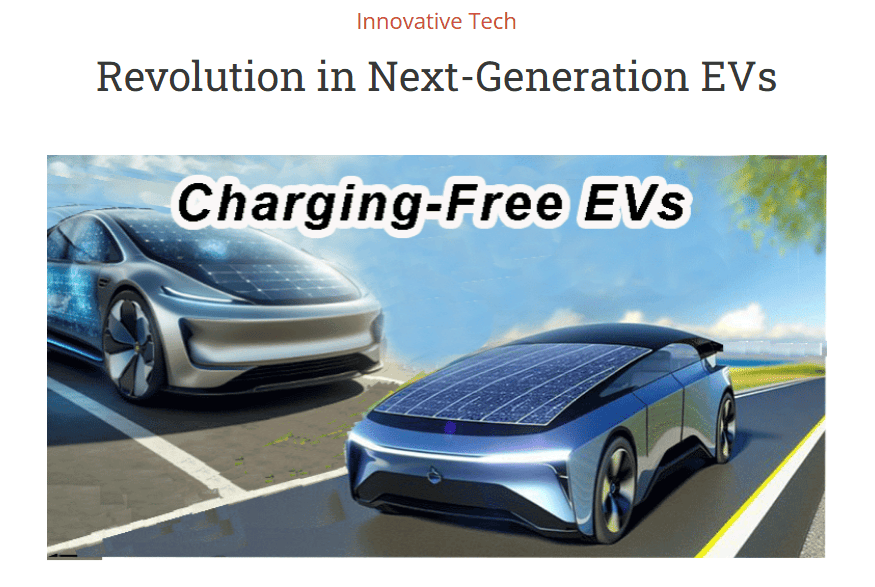
Are you now using EVs to reduce CO2 emissions, which is said to be one of the causes of global warming?
EVs are now being sold like a competition in many countries, however, there is a big drawback in recharging electricity.
That is it takes too much time to recharge, maybe 10 times or more than the normal cars we’ve currently used.
Of course, eventually EVs that can be recharged in a short time like conventional gasoline cars will appear, we strongly hope that.
Now,let’s see the following video from which you would make sense.
Transparent panels and windows generate electricity
Demonstrative experiments have begun on building-integrated panels using next-generation solar cells.
Perovskite solar cells can be either “applied to” window glass or “sandwiched between” glass during the manufacturing process. Both methods hold potential for utilizing solar power as a transparent building material.
When applied to glass: Perovskite solar cells are thin and flexible, allowing them to be applied to existing window glass afterward.
This enables the use of window glass as solar panels without altering the building’s appearance.
However, when attaching them, durability and weather resistance issues, as well as the possibility of impaired visibility from inside the building, must be considered.
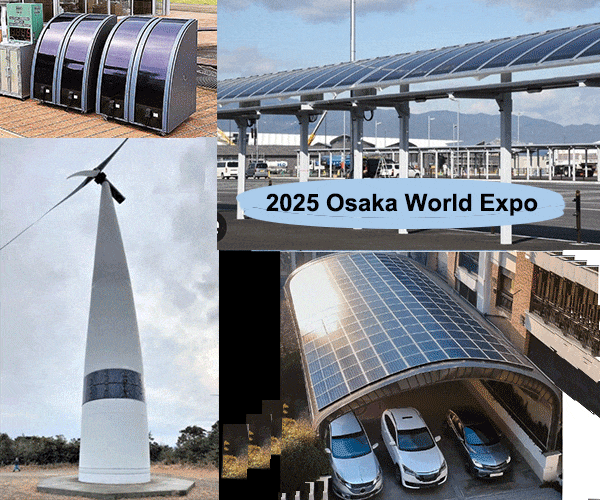
Panasonic Holdings envisions inkjet coating of solar cells directly onto building glass. The solar cells themselves are opaque, but by processing them into slits with a laser, the light transmittance can be increased to 20-80%.
The solar cells will be formed on the inner surface of the laminated glass, so they can be handled in the same way as regular glass building materials.
There are still few examples of curved perovskite glass being used, but in the future, we will likely see more applications for it in windows and walls in the construction of large buildings with unique curved surfaces.
When sandwiching between glass: By sandwiching perovskite solar cells between two layers of glass, more durable solar-powered windows can be manufactured.
This method requires integration during the building design phase, and balancing exterior design and natural light is crucial.
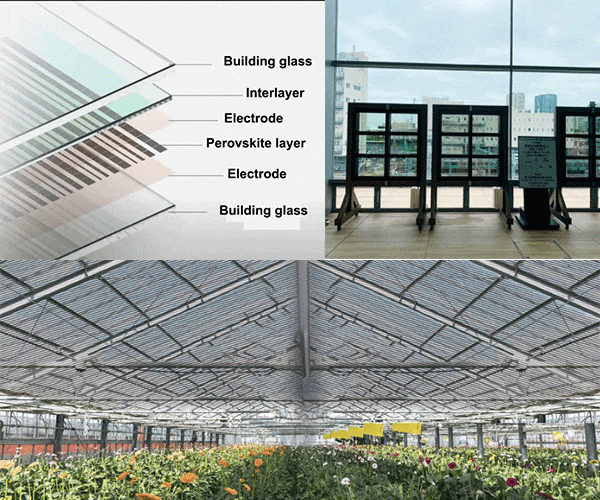
By sandwiching the perovskite solar cells between glass, the effects of moisture, oxygen, and UV rays—factors that degrade perovskite solar cells—can be reduced.
Regardless of the method chosen, it is essential to understand the characteristics of perovskite solar cells (such as lifespan and power generation efficiency) and select the most suitable method based on the building’s purpose and environmental conditions.
Other: Perovskite solar cells are still in the development stage in terms of conversion efficiency, durability, and mass production, but the world is now in the midst of fierce competition to develop higher quality perovskite solar cells.
Therefore, due to their characteristics such as high power generation efficiency, transparency, and flexibility, they are expected to be the next generation of solar cells.

In particular, the Agency for Natural Resources and Energy believes that solar cells can be used on building windows, exterior walls, and in various other places where silicon solar cells could not be used.
And because they can generate electricity even on cloudy or rainy days, they may be able to supply electricity for the entire building or even contribute to the transmission of electricity to other places where it is needed and/or energy-efficient smart cities.


